
Walter Whitman Jr. was an American poet, essayist, and journalist. He is considered one of the most influential poets in American literature. Whitman incorporated both transcendentalism and realism in his writings and is often called the father of free verse. His work was controversial in his time, particularly his 1855 poetry collection Leaves of Grass, which was described by some as obscene for its overt sensuality.

Frankenstein is a 1931 American pre-Code science fiction horror film directed by James Whale, produced by Carl Laemmle Jr., and adapted from a 1927 play by Peggy Webling, which in turn was based on Mary Shelley's 1818 novel Frankenstein; or, The Modern Prometheus. The Webling play was adapted by John L. Balderston and the screenplay written by Francis Edward Faragoh and Garrett Fort, with uncredited contributions from Robert Florey and John Russell.
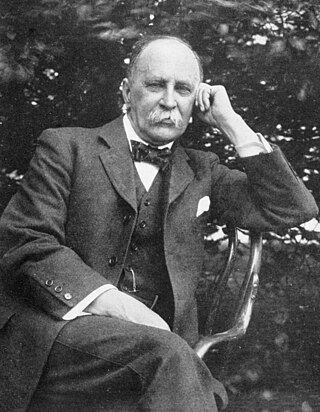
Sir William Osler, 1st Baronet, was a Canadian physician and one of the "Big Four" founding professors of Johns Hopkins Hospital. Osler created the first residency program for specialty training of physicians, and he was the first to bring medical students out of the lecture hall for bedside clinical training. He has frequently been described as the Father of Modern Medicine and one of the "greatest diagnosticians ever to wield a stethoscope". In addition to being a physician he was a bibliophile, historian, author, and renowned practical joker. He was passionate about medical libraries and medical history, having founded the History of Medicine Society, at the Royal Society of Medicine, London. He was also instrumental in founding the Medical Library Association of Great Britain and Ireland, and the Association of Medical Librarians along with three other people, including Margaret Charlton, the medical librarian of his alma mater, McGill University. He left his own large history of medicine library to McGill, where it became the Osler Library.

Edward Drinker Cope was an American zoologist, paleontologist, comparative anatomist, herpetologist, and ichthyologist. Born to a wealthy Quaker family, he distinguished himself as a child prodigy interested in science, publishing his first scientific paper at the age of 19. Though his father tried to raise Cope as a gentleman farmer, he eventually acquiesced to his son's scientific aspirations.
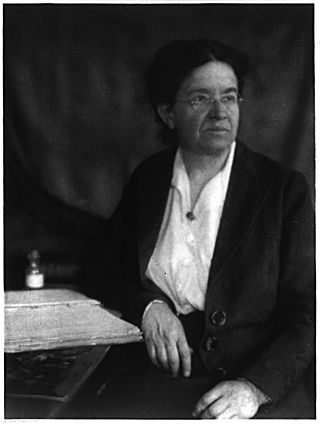
Florence Rena Sabin was an American medical scientist. She was a pioneer for women in science; she was the first woman to hold a full professorship at Johns Hopkins School of Medicine, the first woman elected to the National Academy of Sciences, and the first woman to head a department at the Rockefeller Institute for Medical Research. During her years of retirement, she pursued a second career as a public health activist in Colorado, and in 1951 received the Albert Lasker Public Service Award for this work.
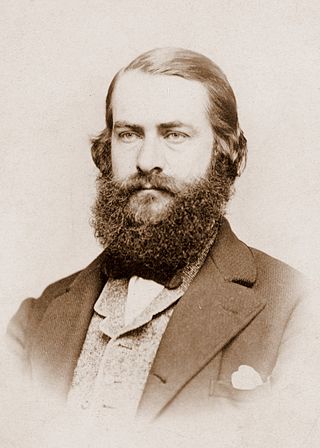
Joseph Mellick Leidy was an American paleontologist, parasitologist and anatomist.
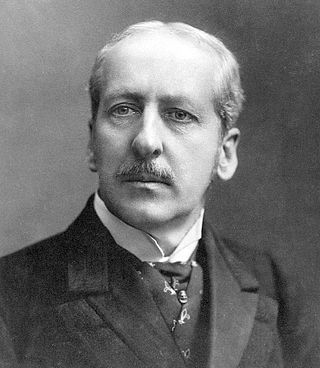
William Pepper Jr., was an American physician, medical educator, and the eleventh Provost of the University of Pennsylvania from 1881 to 1894. He was an advocate for the establishment of a university affiliated hospital and led the finance and building committees for the construction of the University of Pennsylvania Hospital in 1874. As provost, he oversaw a major expansion of the University including the construction of 13 campus building, the addition of the Wharton School of Business, and eleven new departments. In 1891, he founded the Free Library of Philadelphia.

The Wistar Institute is an independent, nonprofit research institution in biomedical science with special focuses in oncology, immunology, infectious disease and vaccine research. Located on Spruce Street in Philadelphia’s University City neighborhood, Wistar was founded in 1892 as a nonprofit institution to focus on biomedical research and training.
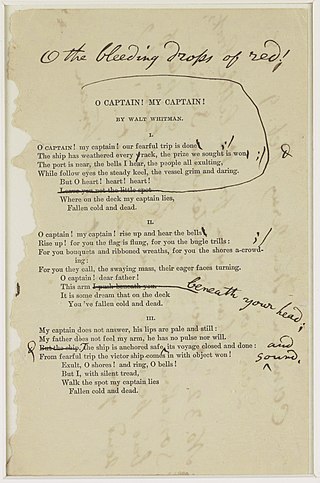
"O Captain! My Captain!" is an extended metaphor poem written by Walt Whitman in 1865 about the death of U.S. president Abraham Lincoln. Well received upon publication, the poem was Whitman's first to be anthologized and the most popular during his lifetime. Together with "When Lilacs Last in the Dooryard Bloom'd", "Hush'd Be the Camps To-day", and "This Dust was Once the Man", it is one of four poems written by Whitman about the death of Lincoln.
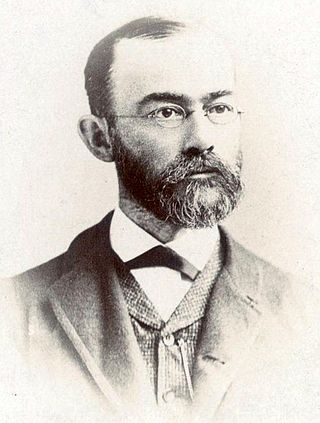
Harrison Allen was an American physician and anatomist. He was born in Philadelphia, Pennsylvania, on April 17, 1841. He graduated from the medical department of the University of Pennsylvania in 1861, and in 1862 became a surgeon in the United States Army and served until the conclusion of the Civil War in 1865.

Burt Green Wilder was an American comparative anatomist.
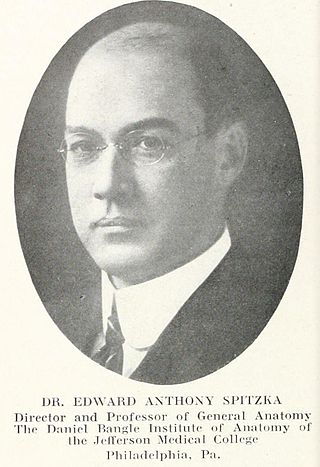
Edward Anthony Spitzka was an American anatomist who autopsied the brain of Leon Czolgosz, the assassin of president William McKinley.

James William White was an American surgeon from Philadelphia. After participating in the Hassler expedition to the West Indies, he became a respected surgeon, teacher and author at the University of Pennsylvania Hospital, with which he was associated from 1874 to 1916. He was John Rhea Barton Professor of Surgery at the University of Pennsylvania Hospital from 1900 to 1912 and professor emeritus until his death.
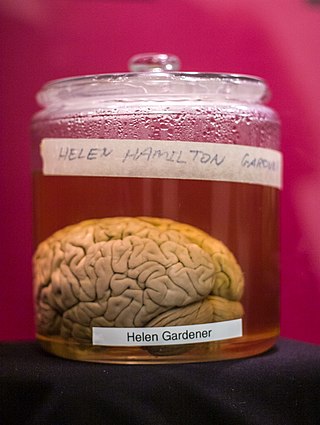
The Wilder Brain Collection is a collection of human brains maintained by the Cornell University Department of Psychology. The collection was created by professor of anatomy, Burt Green Wilder. He was a member of the American Anthropometric Society, but quit in 1891 due to their restrictions that all brains be stored in Philadelphia. Wilder founded the Cornell Brain Society in 1889 to collect the brains of "educated and orderly persons". He believed that much could be learned about psychology from studying the anatomy of the brain. At its height, the collection contained over 600 and even as many as 1,200 brains and parts of brains. By the 1970s the collection had been neglected and enthusiasm for brain collecting had dimmed. The university culled the collection to 122 specimens.
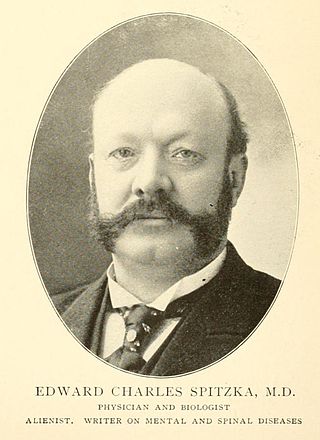
Edward Charles Spitzka was an eminent late-19th century alienist, neurologist, and anatomist. Dr. Spitzka was the author of the landmark psychiatric manual "Treatise on Insanity, Its Classification, Diagnosis and Treatment" published in 1883. He pioneered studies of the anatomy of the human nervous system.
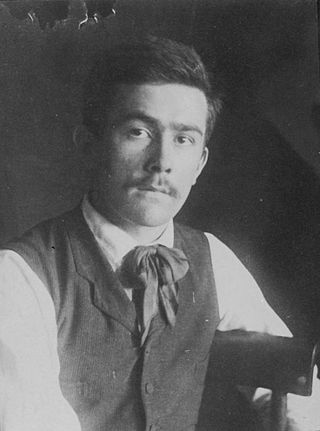
Samuel Aloysius Murray was an American sculptor, educator, and protégé of the painter Thomas Eakins.
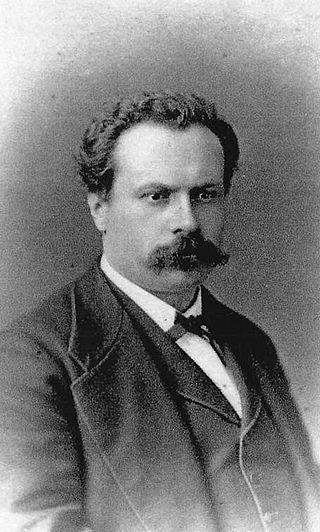
Carlo Giacomini, was an Italian anatomist, neuroscientist, and a professor at the University of Turin who also made significant contributions in anthropology and embryology. He worked with the physiologist, Angelo Mosso (1846-1910), which led to the first recording of human brain pulsations. Giacomini vein, a lower limb vein, and the band of Giacomini, a band of uncus gyri parahippocampalis he discovered in 1882, and the Giacomini vertebrae are named after him.
Jesse Talbot was an American landscape painter and a friend of the poet Walt Whitman. Born in Dighton, Massachusetts, Talbot worked for the American Tract Society and other evangelical Christian organizations in New York City before becoming a professional artist, first exhibiting in the National Academy of Design in 1838. His work was often favorably compared to that of Thomas Cole and other leaders of the Hudson River School of American landscape painters. Talbot developed a friendship with Walt Whitman in the 1850s. The notebook in which Whitman first wrote down the ideas for Leaves of Grass is known as the “Talbot Wilson notebook” because Talbot’s name and address are written on the inside front cover. Talbot died in relative obscurity in 1879.

The American poet Walt Whitman gave a lecture on Abraham Lincoln, the 16th president of the United States, several times between 1879 and 1890. The lecture centered on the assassination of Lincoln, but also covered years leading up to and during the American Civil War and often included readings of poems such as "O Captain! My Captain!". The deliveries were generally well received, and cemented Whitman's public image as an authority on Lincoln.
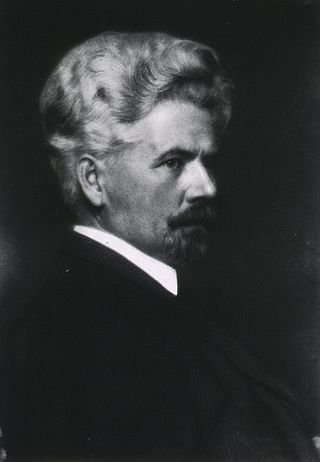
Henry Herbert Donaldson was an American pioneer of neurology. One of his most influential studies was on the effect of sensory deprivation, based on the study of Laura Bridgman's brain, on the development of the brain which resulted in the landmark work The Growth of the Brain (1895). He served as a professor of neurology at the Wistar Institute of Anatomy and Biology at the University of Pennsylvania and was a major influence on a generation of American neurologists and was a key promoter of the use of the rat as a laboratory research model.



















